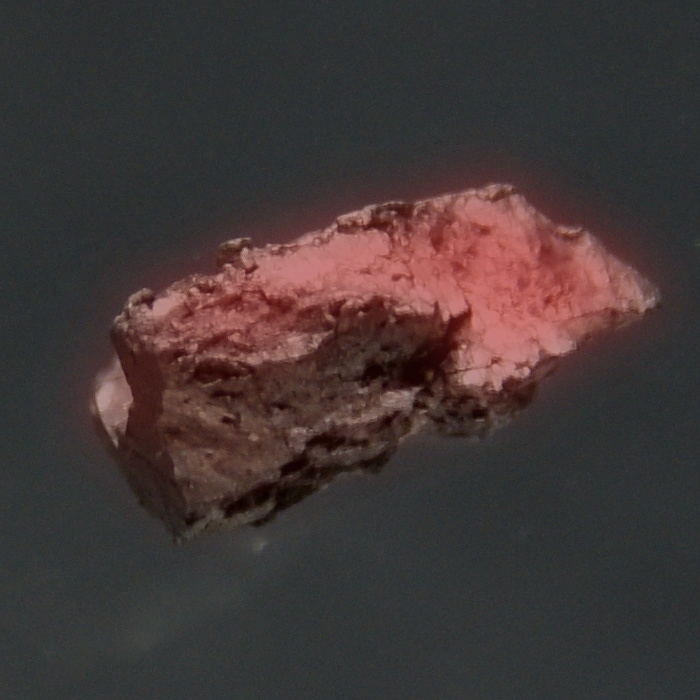Kyuriy
96
Cm
Guruh
Nomaʼlum
Davr
7
Blok
f
Protonlar
Elektronlar
Neytronlar
96
96
151
Umumiy xususiyatlar
Atom raqami
96
Atom massasi
[247]
Mass raqami
247
Turkum
Aktinoidlar
Ranggi
Kumush
Radioaktivlik
Ha
Curium is named after Madame Curie and her husband Pierre Curie
Kristall tuzilma
Oddiy olti burchakli
Tarix
Curium was discovered by Glenn T. Seaborg, Ralph A. James and Albert Ghiorso in 1944 at the University of California, Berkeley.
It was produced by bombarding plutonium with alpha particles during the Manhattan Project.
Curium metal was produced only in 1951 by reduction of curium fluoride with barium.
It was produced by bombarding plutonium with alpha particles during the Manhattan Project.
Curium metal was produced only in 1951 by reduction of curium fluoride with barium.
Qobiqdagi elektronlar soni
2, 8, 18, 32, 25, 9, 2
Elektron konfiguratsiyasi
[Rn] 5f7 6d1 7s2
Curium accumulates in the bones, lungs and liver, where it promotes cancer
Jismoniy xususiyatlar
Faza
Qattiq modda
Zichlik
13,51 g/cm3
Erish harorati
1613,15 K | 1340 °C | 2444 °F
Qaynash harorati
3383,15 K | 3110 °C | 5630 °F
Eritish issiqligi
Nomaʼlum kJ/mol
Bugʻlanish issiqligi
Nomaʼlum kJ/mol
Solishtirma issiqlik sigʻimi
- J/g·K
Yer po‘stidagi miqdori
Nomaʼlum
Olamdagi miqdori
Nomaʼlum

CAS raqami
7440-51-9
PubChem CID raqami
Nomaʼlum
Atom xususiyatlari
Atom radiusi
174 pm
Kovalentlik radiusi
169 pm
Elektrmanfiylik
1,3 (Poling boʻyicha)
Ionlashish potensiali
5,9915 eV
Molyar hajm
18,28 cm3/mol
Issiqlik oʻtkazuvchanlik
0,1 W/cm·K
Oksidlanish darajasi
3, 4
Qo‘llanilish sohalari
Curium is mainly used for scientific research purposes.
Curium is a common starting material for the production of higher transuranic elements and transactinides.
The most practical application of 244Cm is as α-particle source in the alpha particle X-ray spectrometers (APXS).
Curium is a common starting material for the production of higher transuranic elements and transactinides.
The most practical application of 244Cm is as α-particle source in the alpha particle X-ray spectrometers (APXS).
Curium is harmful due to its radioactivity
Izotoplar
Barqaror izotoplar
-Beqaror izotoplar
233Cm, 234Cm, 235Cm, 236Cm, 237Cm, 238Cm, 239Cm, 240Cm, 241Cm, 242Cm, 243Cm, 244Cm, 245Cm, 246Cm, 247Cm, 248Cm, 249Cm, 250Cm, 251Cm, 252Cm